How telework is reshaping residential neighbourhoods
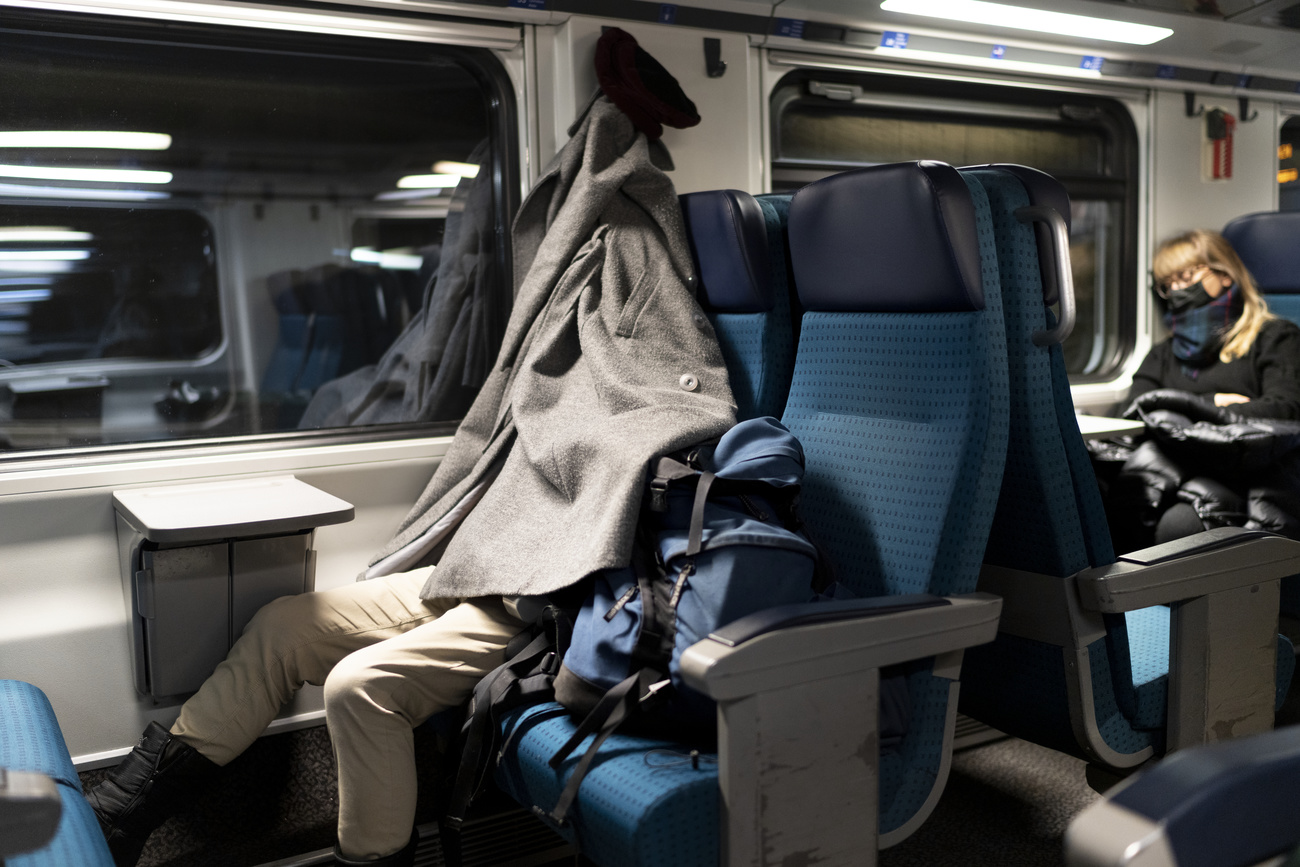
Working from home has become commonplace thanks to the Covid-19 pandemic. With work no longer tied to a location, many people can escape the city for the countryside. What impact is this having on residential planning in Switzerland?
Spatial planner Paul Schneeberger and urbanist Joris Van Wezemael have written a book on how the pandemic could lead to more “decentralised living” – or living outside urban centres – and less time spent commuting. The authors of DezentralschweizExternal link (Decentralised Switzerland) say the Covid-19 crisis is a catalyst for important changes in the way we live.
SWI swissinfo.ch: You say we are at a turning point. Why?
Joris Van Wezemael: The Covid-19 pandemic has reshaped our lives. Thanks to the possibility of working from home, many people now work where they live. Technologically speaking, this would already have been possible ten years ago. But working from home has just now become an everyday reality.
SWI: The pandemic will end at some point. Will working from home also come to an end?
Van Wezemael: Several studies show that this change is sustainable. We expect most people to work from home between one and three days a week in the future. There won’t be a “back to normal” in the sense of being present full-time at the office.
Paul Schneeberger: The crisis has shown that working remotely is possible. Nobody can ever claim again that it doesn’t work. About 40% of jobs can be done from home.
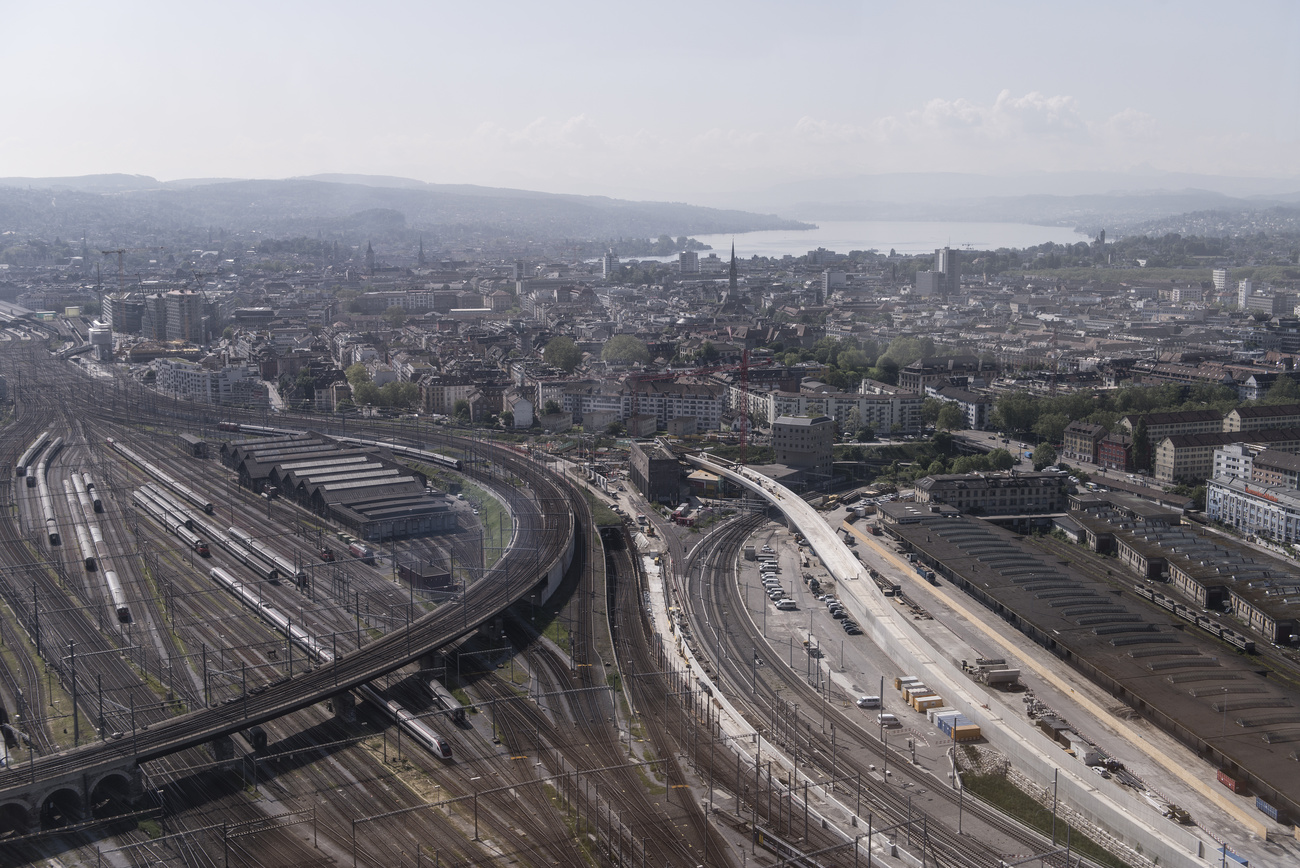
SWI: But if people move to the countryside and stop commuting, will that not increase urban sprawl in Switzerland?
Schneeberger: This is already happening. Over the past few years, we have seen strong job growth in cities while the population has exploded in rural or semi-rural areas. In that sense, the pandemic has not created a new trend – it has reinforced it.
SWI: So, nothing has changed, except that people now commute less.
Schneeberger: Exactly.
Van Wezemael: Urban sprawl has always been considered undesirable, but the pandemic has shown that we can use existing infrastructure more sustainably. When people work remotely, they spend more time doing activities such as eating out and shopping in their own neighbourhoods rather than in the cities. Decentralised living is sustainable only if we commute less. We just have to use the existing infrastructure differently.
Schneeberger: What’s now considered a place for dwelling is becoming a place for living.
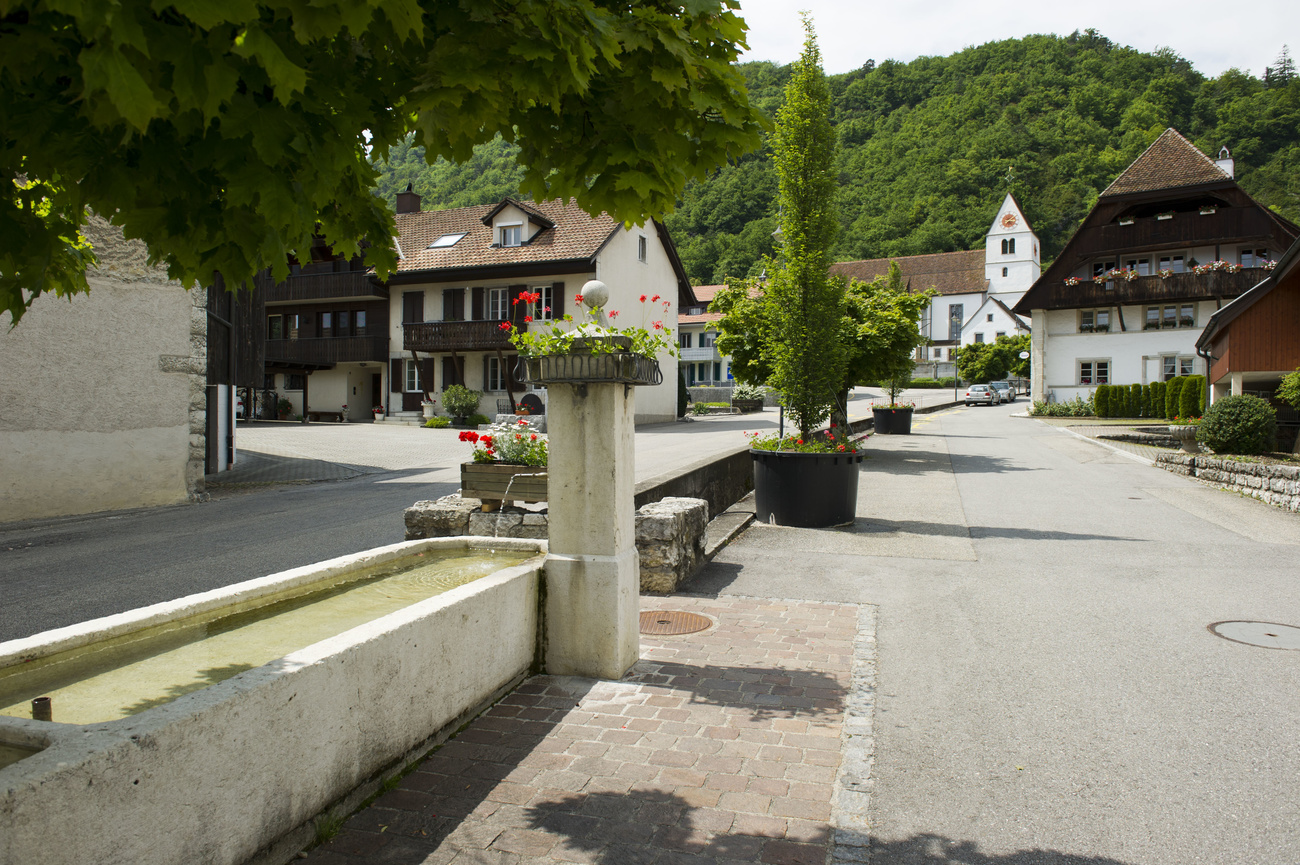
SWI: What exactly does this mean?
Schneeberger: When people spend more time in their own neighbourhoods, they give a boost to the local economy. They go to the local shops and the gym around the corner instead of going to these places on the way to and from the office.
Van Wezemael: Of course, this doesn’t happen automatically. We have to encourage trends that support decentralised living and mitigate those trends that are not sustainable, such as the desire for a bigger flat or extra office space. This is up to us as a society and up to politicians.
SWI: But an office chair or piles of unfinished work in the bedroom can be annoying, so having more space would come in handy. What other options are there?
Schneeberger: A good alternative to bigger apartments are well-designed residential areas where, instead of having an extra room in your flat, you can rent workspaces by the day or by the hour. Co-working spaces, where people from different professions do their work, have popped up everywhere, not only in cities but also in suburban towns like Meiringen or Scuol.
SWI: How should spatial planners respond to this new demand?
Schneeberger: They need to adapt to the new reality. The pandemic has reshaped our lives and our living spaces. For example, what do we do with residential areas that are no longer just for living but also for working? This calls for new creative ideas. Spaces where people both live and work should become the norm.
Van Wezemael: We also have to redesign green spaces. Forests in urban agglomerations won’t just remain idle on the periphery of a residential area. They’ll be turned into central parks for the enjoyment of the surrounding communities.
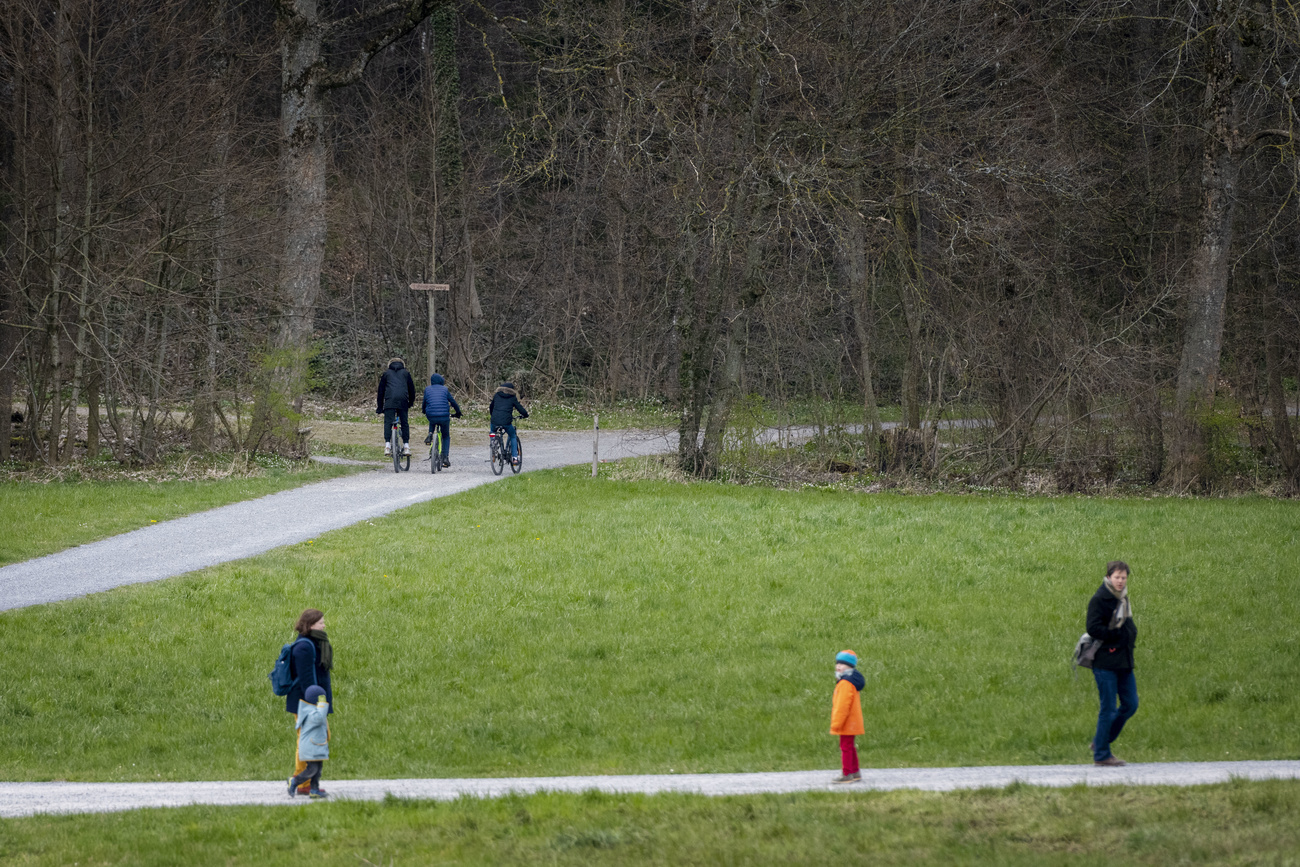
SWI: Switzerland has always been a commuter country where people prefer to live in suburbia. Does this make it different from other countries?
Schneeberger: There are countries like Switzerland and the Netherlands that are better suited to decentralised living. The situation is very different in Germany with its large open plains, and even more so in the United States and Canada. The whole of Switzerland is like one big decentralised town with a population size similar to the city of New York.
Van Wezemael: As a rich country under a federalist system, Switzerland has very good infrastructure even in the most remote valleys. It’s not just traffic regulation, waste disposal and ubiquitous convenience stores. It’s also our living and working spaces. We don’t have desolate areas like other countries; the whole of Switzerland has been urbanised. That’s why the difference between rural and urban areas is not as stark as in the US.
SWI: If full-time telework becomes the norm, could we also work from less developed countries?
Van Wezemael: The pandemic has shown that hybrid work is the most productive. I think we will see a mix of remote work and office presence in the future. In some parts of the world, telework will offer an opportunity to build up the local labour force. Geographical barriers will obviously be torn down by the omnipresence of video conferences.
Schneeberger: This development could also be a risk for a high-income country like Switzerland. But let’s go back to spatial planning. Even without the pandemic, Switzerland would have become more decentralised. More land has been zoned for development in rural areas than in urban areas, which means that more building construction will take place there in the next few years. But coupled with remote working, the effects won’t be so negative.
SWI: So there will be no more traffic jams and overcrowded suburban trains even though more people will live in the countryside?
Schneeberger: Well, in an ideal world there will be fewer traffic jams and less crowded trains (he laughs).
(Translated from German by Billi Bierling)
Paul Schneeberger studied history, political science and constitutional law. He worked as a journalist for the German-language daily Neue Zürcher Zeitung for many years. In 2017, Schneeberger earned a post-graduate diploma in spatial planning from the Swiss federal technology institute ETH Zurich. From 2018 to 2021, he managed the traffic policy department at the association of Swiss cities.
Joris Van Wezemael studied economic and urban geography and spatial planning at the federal technology institute ETH Zurich. In his dissertation, he linked spatial planning with real estate. He is now a lecturer at ETH Zurich and a managing partner at spatial planning and design firm IVO Innenentwicklung AG.
More

In compliance with the JTI standards
More: SWI swissinfo.ch certified by the Journalism Trust Initiative





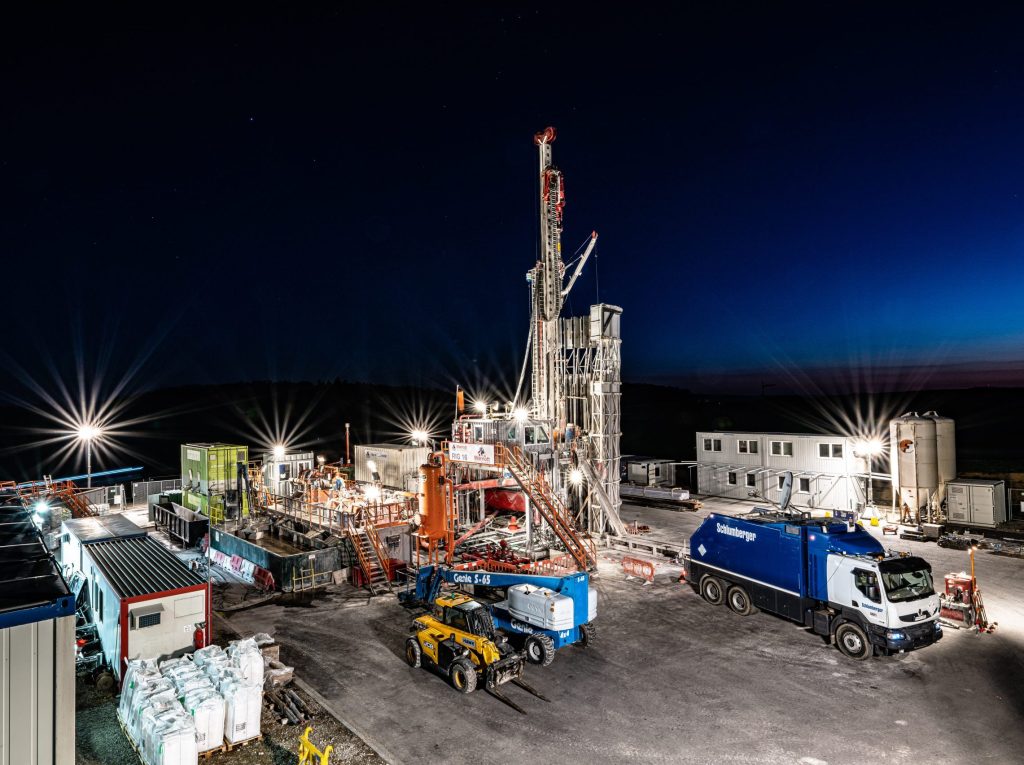



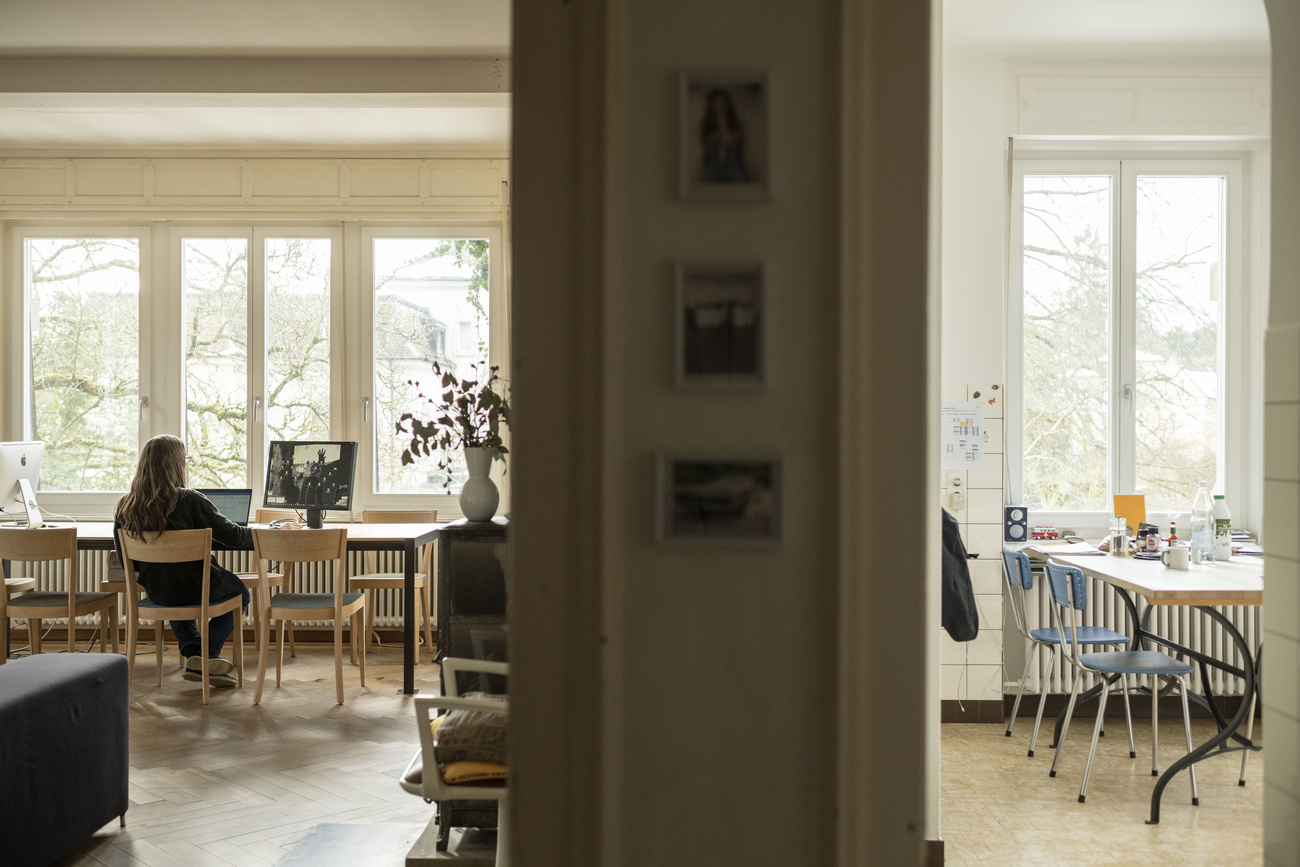

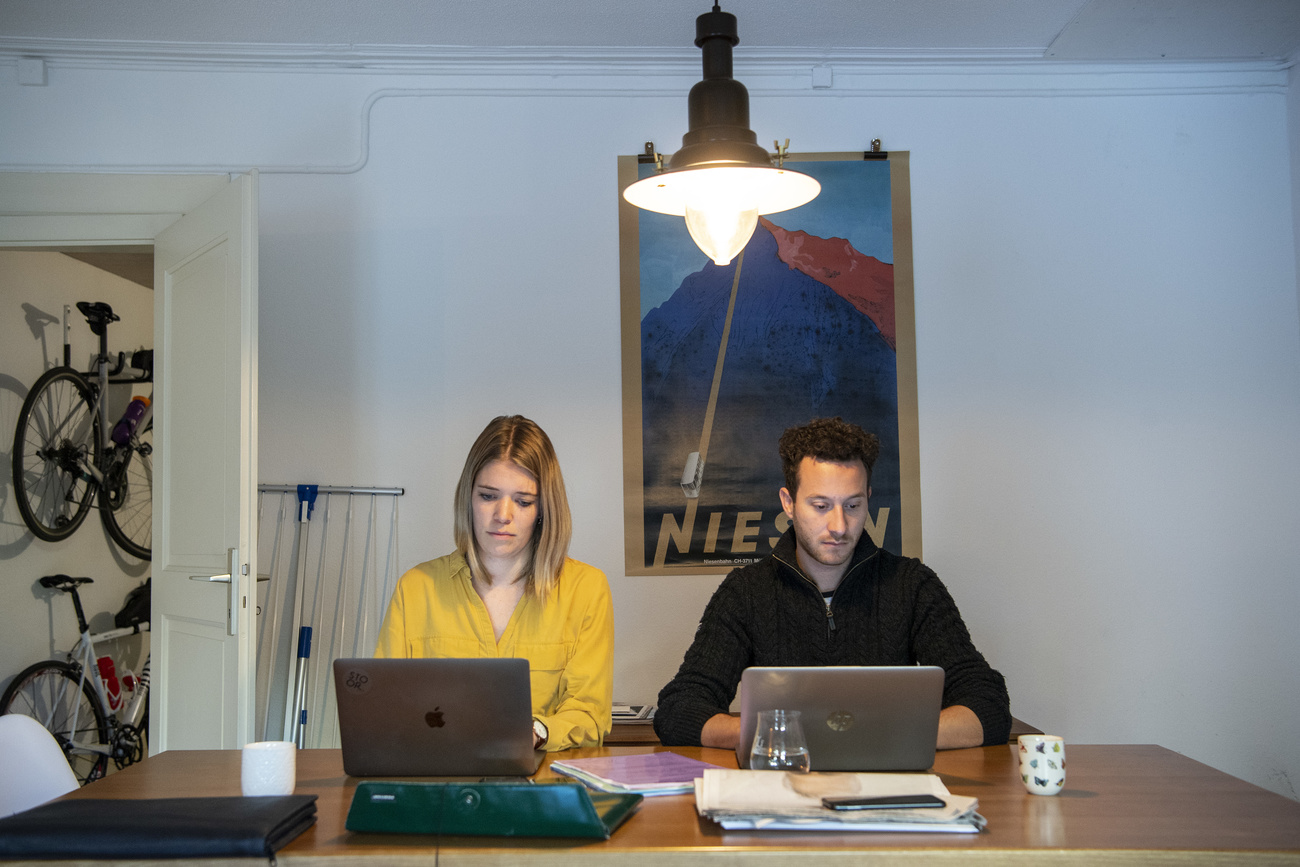

You can find an overview of ongoing debates with our journalists here . Please join us!
If you want to start a conversation about a topic raised in this article or want to report factual errors, email us at english@swissinfo.ch.